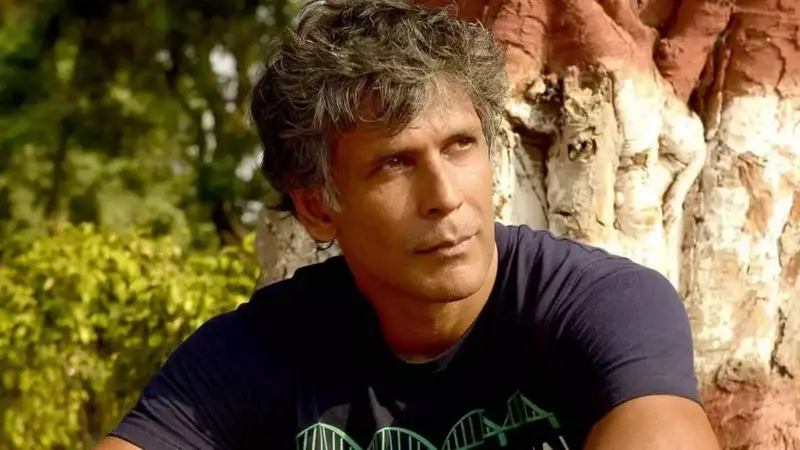
Milind Soman's Barefoot Running Revelation
Fitness icon and actor Milind Soman, at 60 years young, has shared fascinating insights about his transition to barefoot running and how this natural approach transformed his physical wellbeing. The celebrated athlete, who remarkably won the Ironman triathlon at age 50, revealed the pivotal moment that changed his running philosophy forever.
The Turning Point: A Refreshing Discovery
Approximately 14-15 years ago during a run in Lonavala, Soman experienced what he describes as a refreshing revelation. After completing a demanding 20 km run while wearing shoes, he felt unusually tired. In a moment of spontaneity, he decided to remove his running shoes. The immediate sensation was so revitalizing that it sparked his curiosity about barefoot running.
"I had finished a 20 km run and I was feeling a little tired. So, I took off my shoes and felt very refreshed," Soman recalled during his 2024 interview with Tweak India. This simple act of removing his footwear became the foundation of his new running approach, which he adopted gradually by increasing distances over time.
Transformative Physical Benefits
As Soman continued his barefoot running practice, he noticed significant changes in his body mechanics and overall physical awareness. The shift affected multiple aspects of his movement and posture, creating a more natural and efficient running form.
"I found that when I was running barefoot, it changed the way I was running. There was a different way. It changed my posture. It changed my balance. It changed my sense of running when my feet actually touched the ground," Soman explained enthusiastically.
Despite his preference for barefoot running, the fitness expert maintains a practical approach. He acknowledges specific circumstances where footwear becomes necessary for protection. "I wear shoes if it's very hot, or in the ice, or in the snow or sand," Soman clarified, demonstrating his balanced perspective on the practice.
Expert Analysis: The Science Behind Barefoot Running
Consultant dietitian and fitness trainer Garima Goyal weighed in on Soman's approach, explaining that barefoot running represents more than just a fitness trend. According to Goyal, this practice embodies principles of body awareness, natural movement, and mindful training that can benefit runners of all levels.
"When you run barefoot, the body automatically shifts to a gentler stride, landing mid-foot rather than on the heel, which reduces joint impact and encourages better alignment," Goyal elaborated. This natural adjustment in running mechanics provides multiple physical advantages over time.
The health expert highlighted several key benefits of barefoot running:
- Strengthens foot muscles, calves, and core
- Improves balance, coordination, and stability
- Promotes stronger circulation
- Activates underused stabilizer muscles
From a health and nutrition perspective, Goyal emphasized that barefoot running aligns perfectly with functional fitness philosophy. This approach focuses on training the body to move naturally and efficiently, working in harmony with how the human body was originally designed to function.
Important Safety Considerations
While the benefits are compelling, Goyal strongly advises against diving into barefoot running abruptly. The transition must be gradual to allow tendons and ligaments to adapt to the new form of stress. Rushing the process without proper adaptation could lead to soreness or injury.
"However, it is not something to dive into abruptly. The transition must be gradual, allowing tendons and ligaments to adapt to the new form of stress; otherwise, it may lead to soreness or injury," Goyal cautioned.
Milind Soman's fitness journey serves as an inspiring example of how listening to one's body and embracing natural movement principles can lead to remarkable physical transformations, even later in life. His experience demonstrates that sometimes the most effective fitness solutions are the most natural ones.





